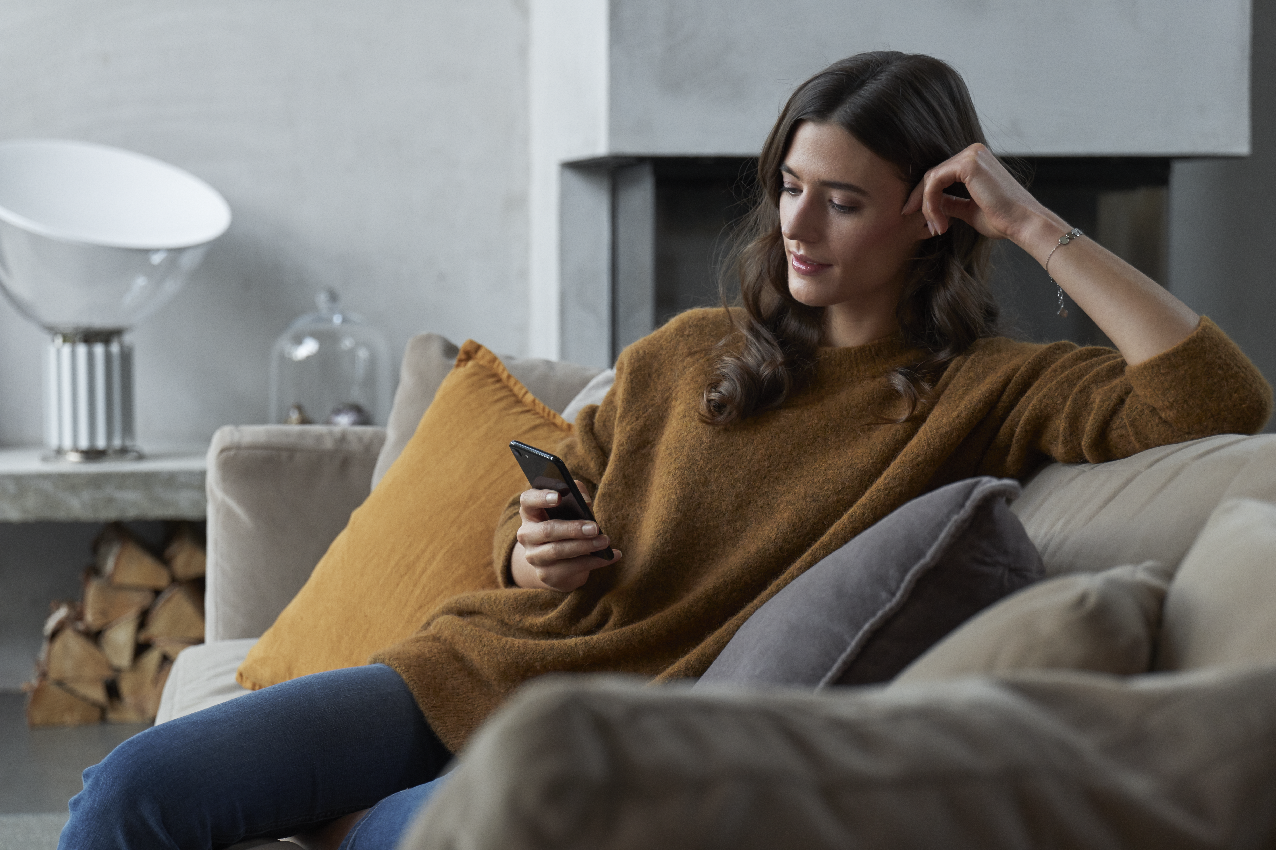
Electrolux
Electrolux and
the evolution of IoT
Electrolux is currently focusing on creating the best, most consistent IoT experience for its customers.
Electrolux is one of the biggest global home appliance companies and the owner of several well-known appliance brands like Electrolux, AEG, Frigidaire, and Zanussi. At the moment, the company is merging all of its smart home appliance applications under a single codebase.
Qvik has been working with Electrolux since the spring of 2021. During this time, the team has made important decisions on technology choices and kept pace with the constantly evolving world of connected appliances and experiences.
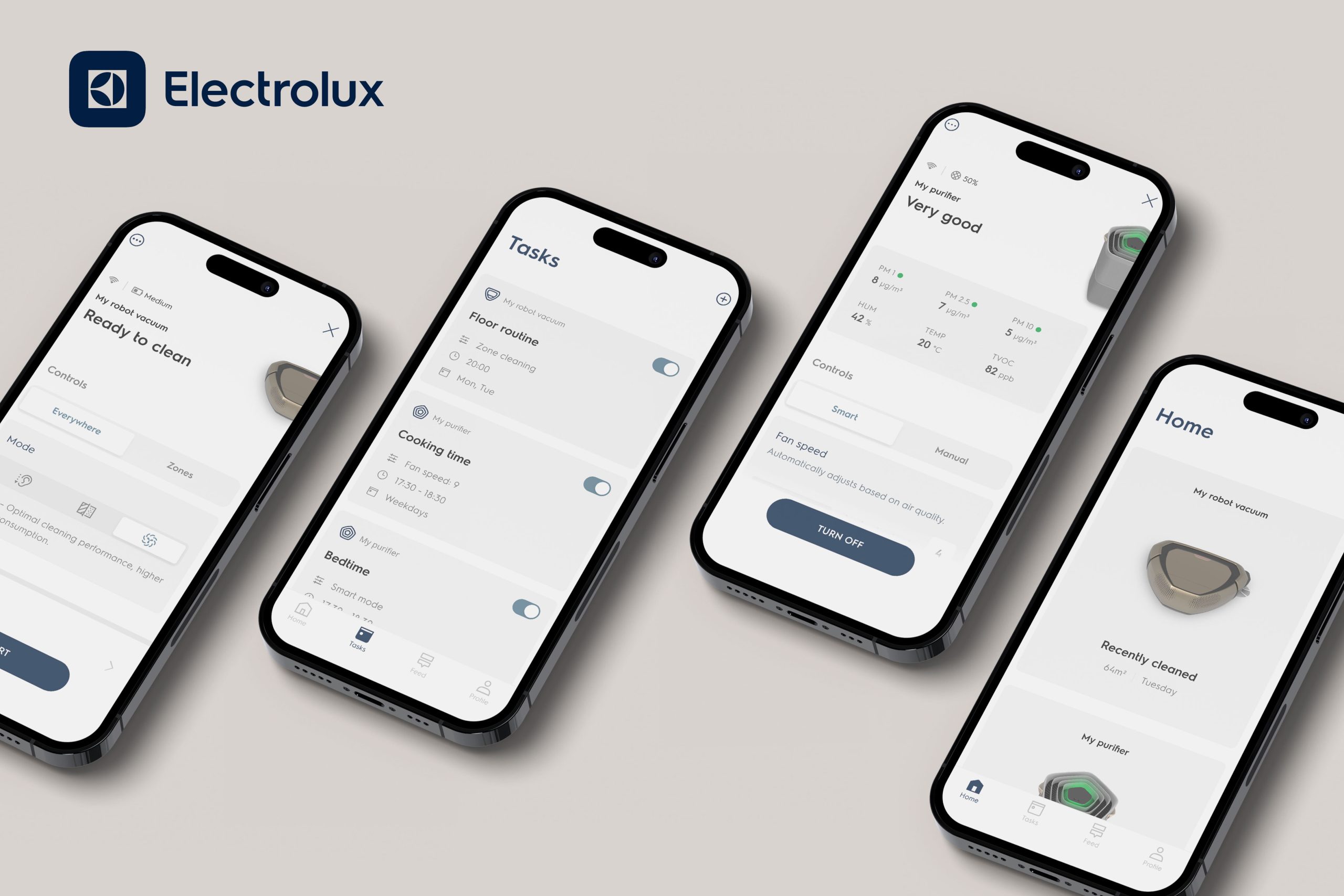
“Based on my experiences I can say that our collaboration with Qvik has been accessible, open, transparent, smart, adaptive and to the point.”
Daniel Wentz, Head of Group Digital Product at Electrolux
The story is the same as with many large companies known for their hardware: you can no longer develop and maintain your business without considering software and hardware as equally important factors in your strategy. This is especially true with companies that focus on premium appliances. Both consumers and retailers now expect appliances to have well integrated IoT features.
“We have gotten used to things becoming better all the time. Things like computers, telephones, TVs, watches and now also cars – we expect them to be better next year. The same goes for connected appliances. If you only have the buttons and the features of the appliance in your app, the fundamental software experience remains very shallow”, says Daniel Wentz, Head of Group Digital Product at Electrolux.
“People already expect smart home appliances to produce an experience that is something more in addition to what the core product can provide. For instance, when they come home, they want to see the sensor data in an app, they want the temperature to be just so and they want the floors to be clean for that perfect homecoming moment.”
Electrolux is entering the third generation of IoT
The way Electrolux sees it, IoT and connected appliance experiences have evolved in three generations.
1. Remote control
At this stage, you can use an application on your phone as a remote control to turn the appliance on and adjust, control or monitor it, perhaps a bit better than with the physical buttons. Basically, you have one app for every appliance.
2. Ecosystem applications
An ecosystem app combines many appliances in the same app in a logical way. For instance, Electrolux divided its products into three separate ecosystems: Clothing care, Kitchen and Wellbeing.
3. One comprehensive app
For a company the size of Electrolux, maintaining, developing and troubleshooting many premium digital products is an enormous task. By combining the products of each brand in an app of their own, and all these apps under one global digital solution with one codebase and cloud implementations, the company can provide a better, faster and more consistent user experience for all of its smart appliances, and focus on the experience.
Supplying hardware and software for millions of users worldwide is not simple
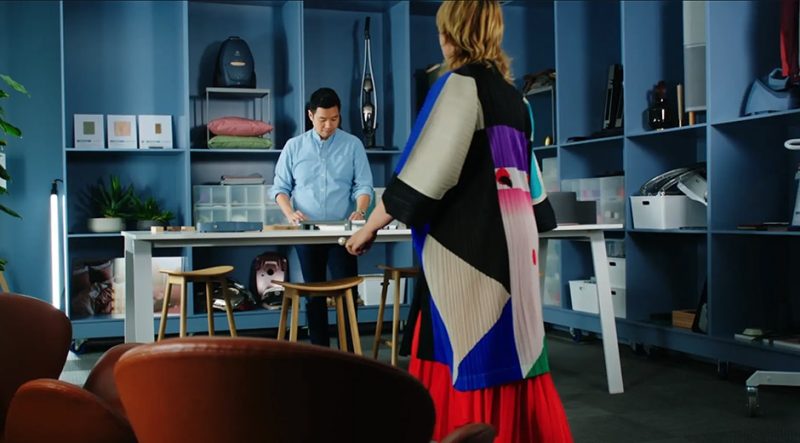
Electrolux wants to be known for technical performance and reliability, regardless of the user’s geographical location or language. Routers, phones, cloud access, general performance and operating systems are already different in different parts of the world. Not to mention that Electrolux supports 26 languages.
“An Electrolux user on iPhone in Japan should enjoy the same great level of performance as someone using the AEG app on Android in Germany, who should have the same level of experience as a Spanish-speaking Brazilian Android user”, Wentz says.
“We add stuff, change and rearrange stuff with three different brands and biweekly releases. The translation effort alone is huge, but in addition to that, the applications also need to communicate with appliances all over the world all the time.”
Daniel Wentz, Head of Group Digital Product at Electrolux
It adds to the complexity that Electrolux is developing for several different appliance categories: Ovens, Hoods, Hobs, AC, robotic vacuum cleaners, air purifiers, humidifiers, refrigerators, freezers, washing machines, tumble dryers and washer dryers. These categories also have ranges within them – it’s not just one type of oven or robotic vacuum cleaner that has to be connected, but several different models with different capabilities.
Electrolux is creating a global digital solution with a single codebase and cloud implementations
Eventually, each brand will have just one application for iOS and Android, so the global codebase will support eight different apps:
- AEG app for Android and iOS
- Electrolux app for Android and iOS
- Frigidaire for Android and iOS
- Other brands are combined in +Home app for Android and iOS
The right technology choices lay the foundation for a successful app
Qvik’s senior mobile developer Jonas Frid was heavily involved in Electrolux’s tech decisions for the upcoming merged codebase for all its apps. To make the right decisions, the team needed to have a good understanding of what outcomes the technology should be able to achieve.
Wentz explains that Electrolux wants a native app user experience. They also want the developers to have a decent degree of freedom to develop the app as they see fit – instead of forcing them into a technology corner that constrains the developers’ speed, efficiency or energy.
“In general, we rely on very smart people with experience of developing great software products,” Wentz says.
A company like Electrolux needs to consider the logic, creation and maintenance of feature parity in its tech decisions. Feature parity means consistent product features across platforms and systems.
“We discussed each tech decision extensively until we found something we believed in and did a proof of concept,” says Jonas Frid.
The team ended up with a tech stack based on Kotlin Multiplatform (KMM) because, among other things, it allows sharing the business logic, API integrations and unit tests between iOS and Android.
“The UI is completely native with a Swift/SwiftUI iOS app and a Kotlin/Compose Android app. KMM is also the best decision because of how the appliances operate: this solution lets us write features only once, when otherwise we would have needed to write and maintain everything twice to keep feature parity and assure quality.”
Jonas Frid, Senior Mobile Developer from Qvik
The reviews indicate that Electrolux is on the right path
Combining all of the Electrolux brand’s applications under one codebase and merging all appliances of each brand into an app of their own is a massive undertaking.
“I am extremely proud of how we have been able to navigate and manage our migration”, Wentz says.
The new approach lets Electrolux provide users with a better experience that evolves continuously, scales better, is much more performant and looks prettier as well.
The team has now released the first new Electrolux, AEG and Frigidaire apps with support for all appliances in every category. The app store ratings and reviews show that the direction is right.
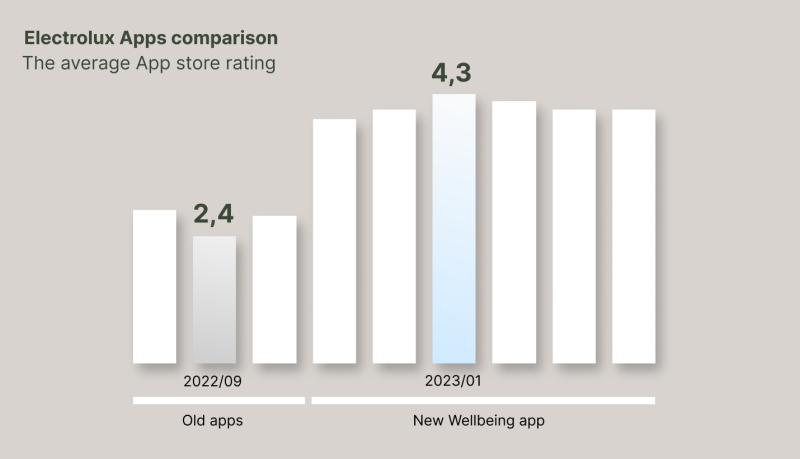
Getting from zero to one by end of year
Towards the end of the year, Electrolux expects to have migrated almost all of its users and appliances to the new codebase and apps. The teams are currently migrating thousands of different appliances and hundreds of thousands of users in different parts of the world.
“It’s a big and very ambitious year for Electrolux. At the same time, we’re launching eight or ten new appliances across all categories.”
The journey of Qvik and Electrolux continues, and we at Qvik are extremely happy and proud of that. In the Electrolux project, we get to do what we do best: create the best digital consumer products for large audiences.
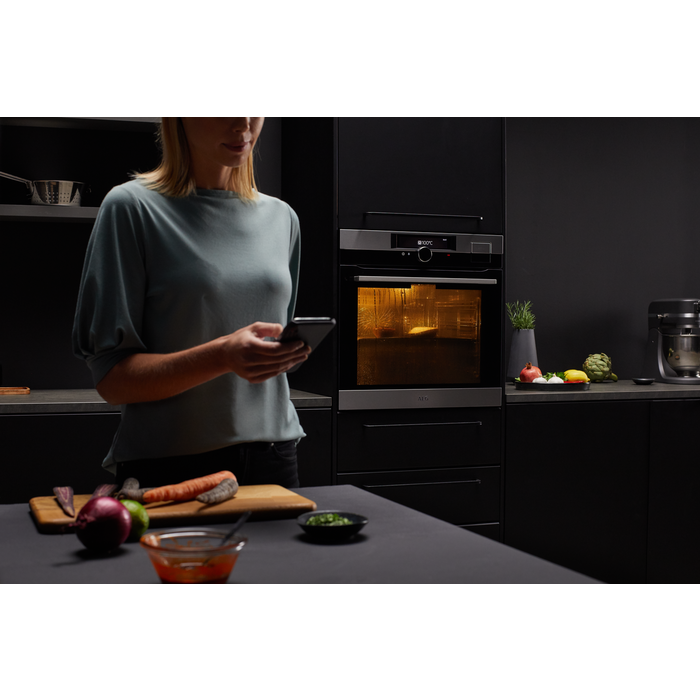
“I think our collaboration with Qvik is based on a mutual understanding of what ‘good’ looks like. So far, we have been very pleased with how our cooperation has panned out.”
Daniel Wentz, Head of Group Digital Product at Electrolux
For more information

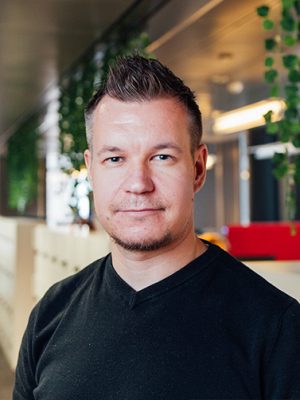
More references

Terveystalo
The new Terveystalo.com is clean, simple and smooth on any device.

Suunto
Users of the Suunto app can now monitor and plan their training and recovery better than ever.
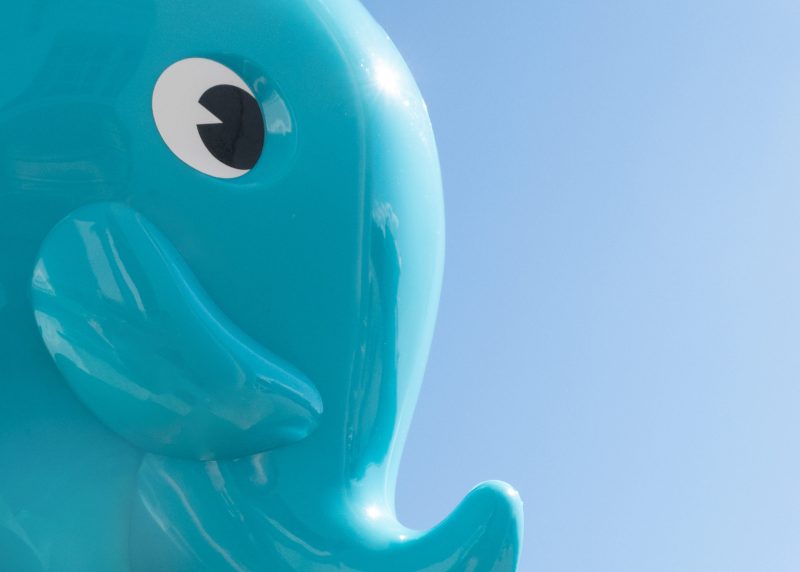
Säästöpankki
The Säästöpankki mobile app is more than just a channel for using banking services – it’s also an everyday personal assistant.